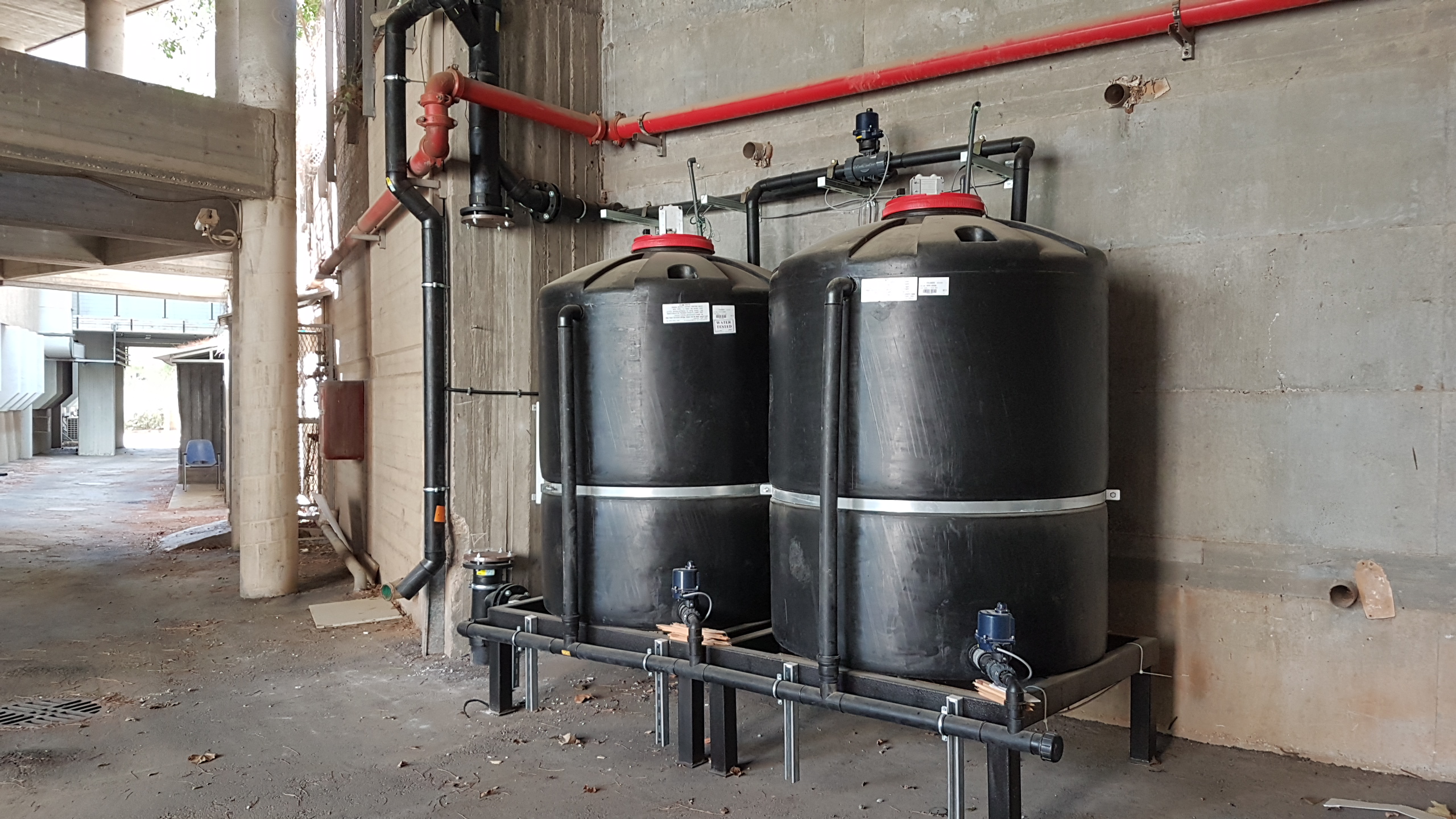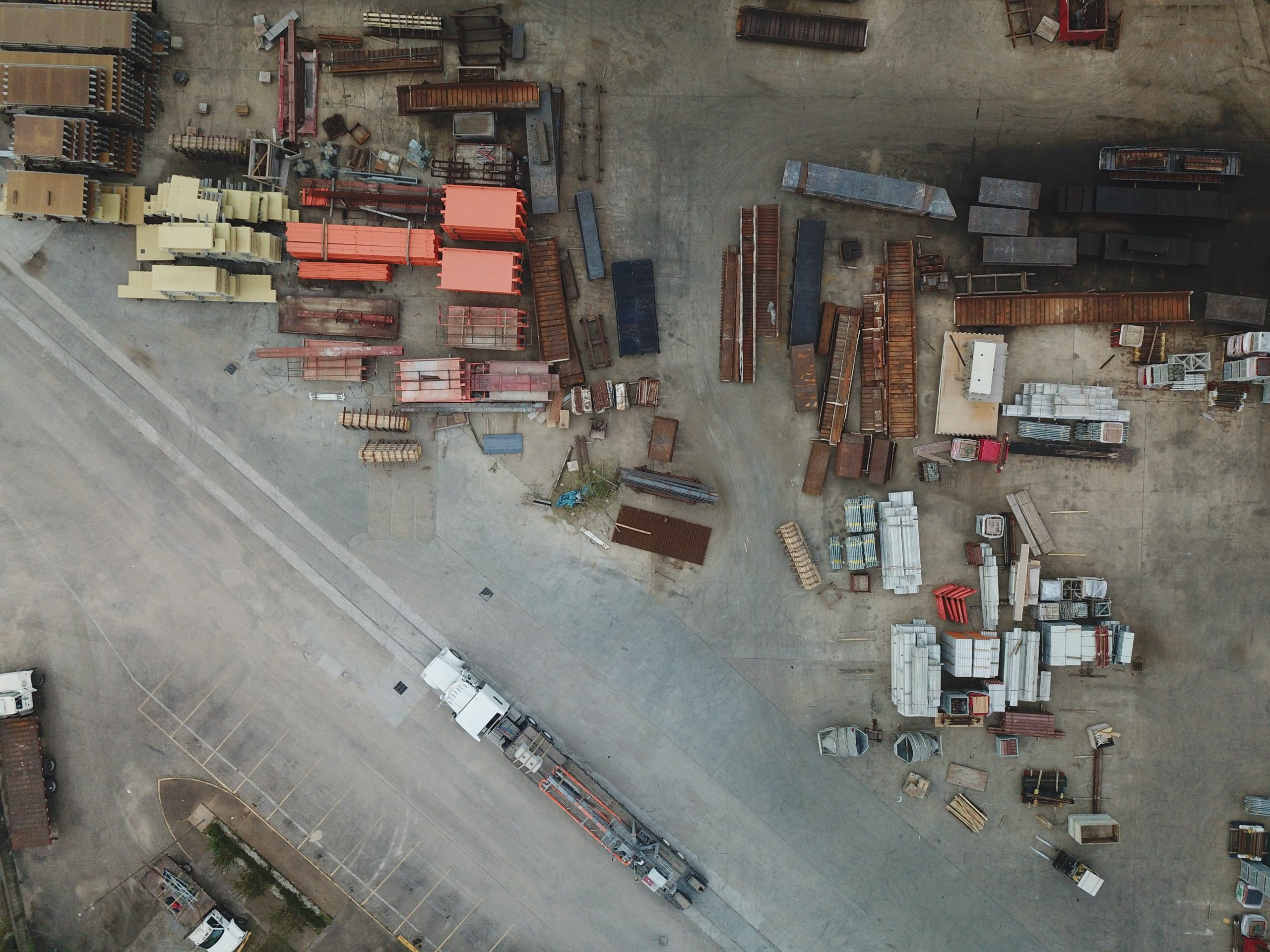Israel Oil Spill: It Was Only a Matter of Time
February 26, 2021Israel is still reeling from an oil spill that has laced around 160 kilometers of Mediterranean coastline with tar. Will this event spark a cultural shift away from fossil fuels, or will our dependence on them continue to put marine ecosystems and public health at risk?
In a heartbreaking and unfortunate turn of events, Israel has found itself in the midst of an almost unprecedented ecological disaster. On February 17, hundreds of tons of tar were pushed ashore from recent inclement weather coating approximately 160 km out of the 190 km of Israel’s Mediterranean coast.

Sea turtles, marine birds, and endangered marine mammals were some of the wildlife that have perished or have been affected by the spill already.
Photo by the Inspectors of the Marine Unit, Ministry of Environmental Protection
The Ministry of Environmental Protection estimates the oil spill occurred over 50 km off the coast of Israel outside its territorial waters. Not only will the waters and rocky shores be arduously difficult to clean, but the oil spill event will also continue to corrupt the Mediterranean’s natural marine ecosystem for many years to come due to the widespread nature of the incident.
After lighter, volatile components of crude oil evaporate, part of the remainder of it is left to mix with the water, forming an emulsion that is thicker and stickier than it was in its original form. The recent stormy weather generated wind and waves that stretched and tore the patches of oil into smaller pieces, or tar balls, which were carried to the shoreline. Because tar is unstable when heated, it becomes a viscous consistency when it is exposed to the sun, thus lengthening its pollutive effect on the environment.
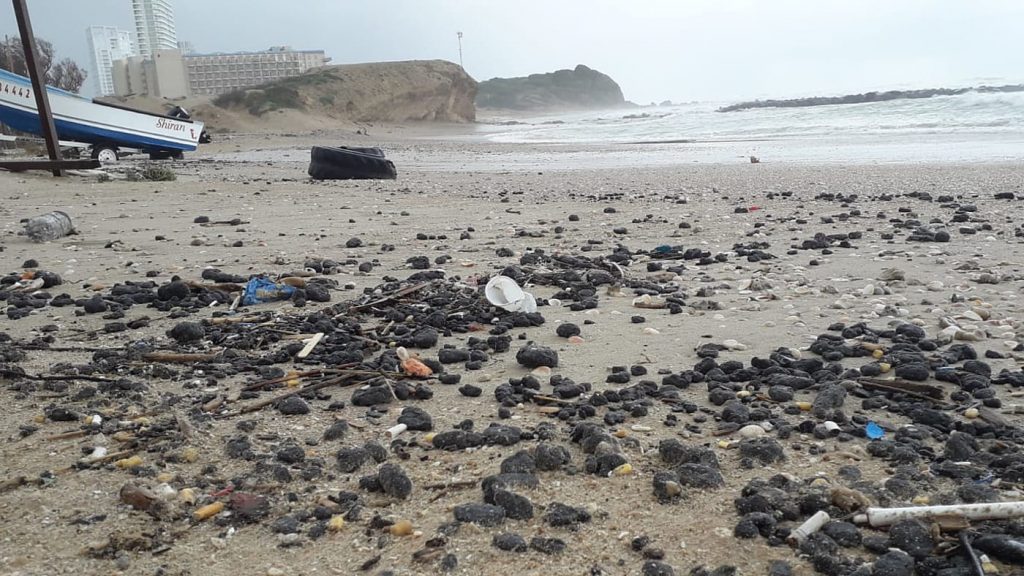
“Tar is a dangerous substance. The event will not end in the next few days, so we are preparing for long and hard work. Engineering tools will not be useful, so tar will have to be removed by hand,” says the Minister of Environmental Protection, Gila Gamliel.
Where did this come from?

Although the exact source of the pollution is still unclear, government authorities have narrowed their search down to a small handful of oil-carrying vessels that passed through Israel’s economic waters about a week before it became visible on the coastline. Whether the leak was accidental or intentional remains to be seen, and the quantity of oil spilled is yet to be determined as well.
However, Israel’s investigation of the oil spill was placed under a gag order on Monday by the Haifa Magistrates court at the request of the Environmental Protection Ministry. Any details that could shed light on suspected people, vessels, ports of interest, navigation routes, or cargo were prohibited from being published.
The ministry told Maariv, the Jerusalem Post’s sister publication, that the censorship order was made because, “the investigation conducted by the National Marine Environment Protection Division and the Green Police has complex international aspects.”
This move, however, has received backlash from Israeli environmental NGOs like Zalul. “I think the announcement of censoring the event was wrong. It created a lot of rumors with people asking themselves ‘what are they trying to hide,’” says Youval Arbel, sea campaigns manager at Zalul, one of Israel’s leading environmental NGOs.
Indeed, the decision to place investigation details under censorship was most irregular as it prompted reports that the Environmental Protection Ministry knew about the spill before the tar reached Israel’s shores. Although, the ministry has stressed it did not have any prior warning of the incident before the tar reached the coastline.
However, after widespread protests and numerous requests by several news outlets and the country’s journalism association, the court partially reversed the decision. According to the new ruling, information uncovered thanks to journalistic endeavors will be allowed to be made public from Wednesday afternoon.
Regardless of who knew what when, Arbel said that the authorities must be much more prepared for such unwanted surprises.
“We have aerial monitoring, satellite imagery, and other remote sensing devices, but not enough action was done,” he said. “If the image of the oil spill was in the hands of the agencies by February 11 and no alarm was rung, then it’s our failure that we didn’t have the services needed to combat it early on.”
However, Gamliel is determined to find the source of the oil disaster. “Everything is being done to find those responsible for the destruction of the beaches and the human harm to animals,” she emphasizes.
Thus far, a Greek-owned oil tanker, the Minerva Helen, is now the leading culprit behind the oil spill as the vessel was reported to have left Port Said, Egypt on February 11 en route to Israel before allegedly experiencing a significant leak in international waters more than 50 km off of Israel’s coast. Further investigation is underway.
Disaster relief
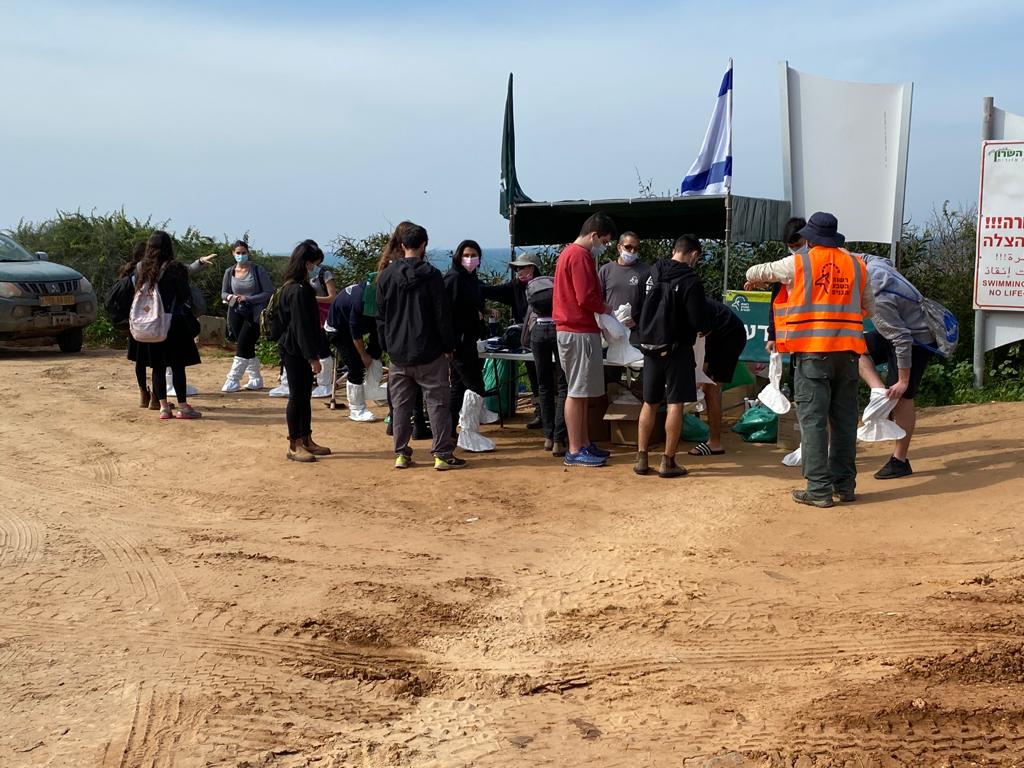
“We are submitting a resolution to the government that will include immediate budgets for beach rehabilitation, manpower standards, and a current budget for national preparedness for oil and beach pollution as well as promoting responses to oil pollution incidents,” says Gamliel.
Thankfully, the government has approved the proposal and has since allocated 45 million NIS for the treatment of the coastal pollution brought on by the recent oil spill (up to NIS 250,000 per kilometer). An additional NIS 25 million fund is to be discussed between the Environmental Protection Ministry and the Finance Ministry in the effort to respond to similar events in the future.
In an official statement, Prime Minister Benjamin Netanyahu acknowledged the gravity of the situation. “We must act quickly before it seeps in the ground, especially in the rocky areas. Otherwise, this damage will stay with us for many years. This budget assistance will help save and protect our beaches. We will protect our environment.”
Specifically, the budget will be used to assist the Israel Nature and Parks Authority and local authorities to remove the tar pollution from the beaches and treat the afflicted animals. It will also be used to fund environmental surveys to determine the extent of the damage more accurately as well as facilitate coastal rehabilitation to restore the environment and its biodiversity. The funds will also be used to facilitate the transport of the hazardous substances to offsite destinations. But to where?
“The Ministry of Environmental Protection are now taking into account what to do with all this tar because, right now, they don’t have an answer for what to do with all the tar that’s being collected. It should not be dumped in a dumping site,” says Youval Arbel. “You might be able to recycle the tar into asphalt for roads,” he suggests.
By Wednesday, however, the Environmental Protection Ministry issued an official statement outlining their plan. About 1,200 tons of tar contaminated materials (sand, rocks, plastic, wood, algae, and shells) will be evacuated from the beach and transported to appropriate biological and thermal treatment facilities or landfill sites if necessary.
The last straw
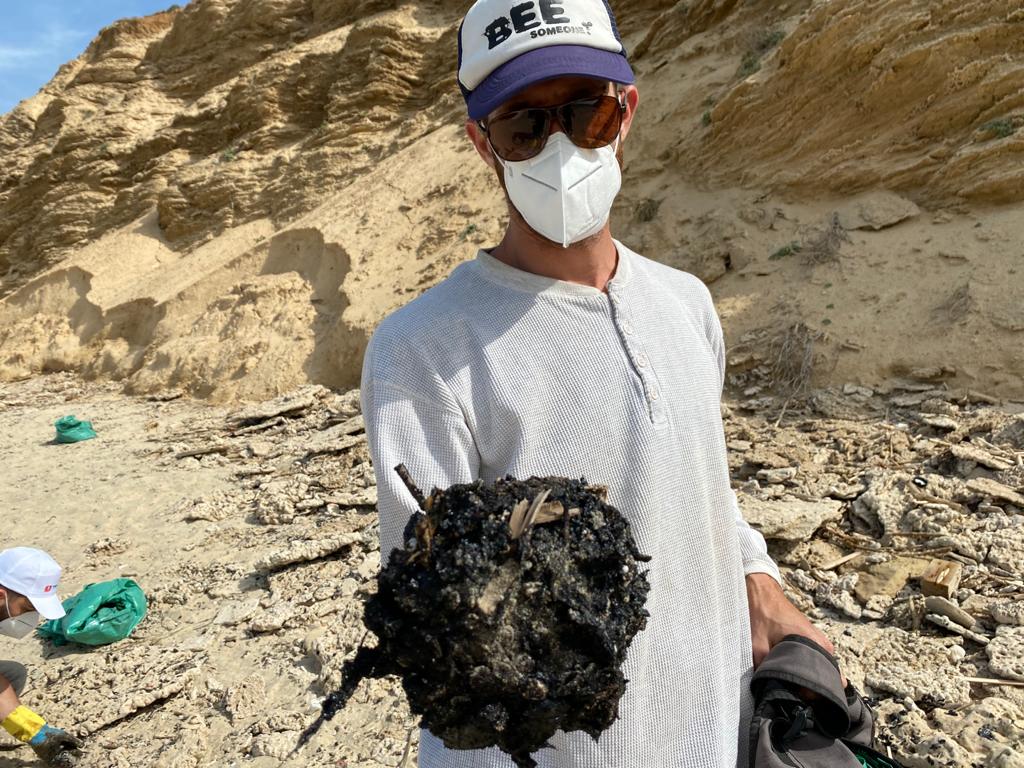
Upon visiting Hof Ha’Sharon (Sharon Beach), one of the many affected beaches, the damage is nothing short of disheartening. It was a shame to see such a beautiful landscape tarnished with countless dark bits of tar scattered across the sand and rocky shore. It truly is everywhere, and the monumental task of removing the tar by hand is grueling.
I spoke with Yonatan Bari, a local resident who had already lent three hours of his time on Tuesday collecting tar off the rocky shore. “I’m really trying to get my head around it because it’s really difficult to gather all the tar, so I’ve just been taking it by hand and making these huge balls, and when they get too heavy, I put them in the bag and do it all again.”
“But for all the tar on the rocks, there’s really no way all this stuff will be collected. It feels impossible,” he adds.
Despite the strong-willed attitudes among the volunteers, the unfortunate gravity of the situation still weighed on them, including Bari. “I feel like crying, really. It’s probably one of the worst disasters in Israel’s history for sure. I keep thinking about how we as a society are addicted to oil and that we cannot live without it. We need it for electricity, for cars, for energy, for everything. We need to go in another direction—ways that have already been found,” Bari says referring to renewable energies.
“This should be the last straw,” he concludes.
The price of past mistakes
This kind of incident is nothing new. In fact, crude oil spills have become something of a routine occurrence. Although very large events are usually the ones widely reported such as the 1989 Exxon Valdez disaster in Alaska (260,000 barrels spilled), the 1991 Gulf War Oil Disaster (roughly 3 million barrels spilled), and the notorious 2010 Deepwater Horizon oil spill disaster in the Gulf of Mexico (4 million barrels spilled), smaller oil spill disasters around the world damage marine and coastal environments in the same way.
And the cost of cleanup often ranges anywhere from millions to billions of dollars depending on certain factors such as location of the spill, the type of oil, the kinds of cleanup strategies implemented, and the amount spilled.
According to the International Tanker Owners Pollution Federation (ITOPF), the number of small (7-700 metric tons) and large (>700 metric tons) oil spills from tanker vessels have substantially decreased since 1970. But is this a sound justification for the continuation of oil transport across valuable marine environments when the consequences of an spill can take multiple years or, in many cases, decades to clean?
Despite clear evidence that the climate crisis is driven by our overwhelming dependence on fossil fuels, it still makes up the majority of Israel’s energy profile, which further enables the continuation of risky oil transport over environmentally crucial waters.
In fact, new oil pipeline developments are already in the works following an agreement between Israeli firm Europe-Asia Pipeline Co. and UAE-based MED-RED Land Bridge, making Gulf oil more accessible to Europe. Although the deal is estimated to be worth $700-$800 million dollars over the course of several years, its merits are controversial as the continued use of oil pipelines and oil tankers will further threaten coral reef ecosystems in the Red Sea and the Gulf of Aqaba as well as associated maritime economies.
But, in light of the recent oil spill, it may be only matter of time until something goes wrong again. Signing the Save Med Red petition is one attempt to prevent this from happening.
It is time to act
According to Dr. Adi Levi, scientific director of the Israel Society of Ecology and Environmental Sciences and head of the Division of Environmental and Sustainability at Achva Academic College, there is simply no more time to cast doubt or remain indecisive on the progressive move away from our dependence on fossil fuels. Now is the time to act and change our environmental conduct.
Levi outlines a plan to prevent future disasters from occurring. Beyond efforts to increase supervision and strengthen safety regulations to avoid disasters like this from occurring in the future, there are two parallel courses of action that are already available to address the root of the problem: transitioning to renewable energies and significantly streamlining energy production.
“We must dramatically reduce the relative share of fossil fuels in Israel’s energy profile and set ambitious targets that will lead us to closer to 100% renewable energy by 2050––with priority given to solar energy production on roofs and buildings. Israel’s Start-Up Nation must also lead the transition towards electrifying public transportation and converting diesel trucks as well as millions of private vehicles to use electricity instead of gasoline,” said Levi.
These measures alone can dramatically reduce our dependence on polluting oil and our high rate of greenhouse gas emissions. Additionally, integrating environmentally synergistic measures such as these will also cut intense levels of urban air pollution, which is responsible for the untimely deaths of more than 2,000 Israelis each year.
We need to draw a line in the sand for the good of the environment and for the sake of our own health and well-being before tar-filled beaches and polluted landscapes become a cultural norm.
This ZAVIT Article was also published in The Jerusalem Post on 25 Feb. 2021
